Do you have a complete set of estate planning documents in place? No two situations are exactly the same, but the following is a list of basic estate planning documents and a brief description of each:
- Last Will and Testament – used to dispose of assets upon death, appoint one or more executors of an Estate, and to appoint a guardian of any minor children.
- Revocable Trust – sometimes used in conjunction with a Last Will and Testament for the purpose of disposing of property at death and to avoid probate.
- Durable General Power of Attorney – used to appoint one or more persons as an attorney-in-fact or agent in order to conduct business and financial affairs, including the power to access bank accounts and to sell real estate.
- Limited Power of Attorney for Health Care – used to appoint one or more persons to act as a health care decision maker in the event of incapacity during lifetime.
- Living Will Declaration – used to state wishes for end-of-life treatment.
- HIPAA Authorization – used to permit to access to “protected health information” to certain authorized persons, including a spouse, children, and other family members.
Once these basic documents are implemented, you should review them periodically to ensure they stay current. We recommend that most people have these basic documents reviewed at least every three years to identify any changes that may have occurred in the person’s life that need to be addressed in the documents, and also to discuss any changes in the law that may impact the documents.
Also, in addition to implementing these basic estate planning documents, you should also ensure that beneficiary designations on assets such as life insurance policies, annuities, IRA’s, and 401(k)’s are up-to-date and consistent with your estate planning documents. This is often an overlooked part of estate planning that can lead to unintended consequences to an estate plan.



